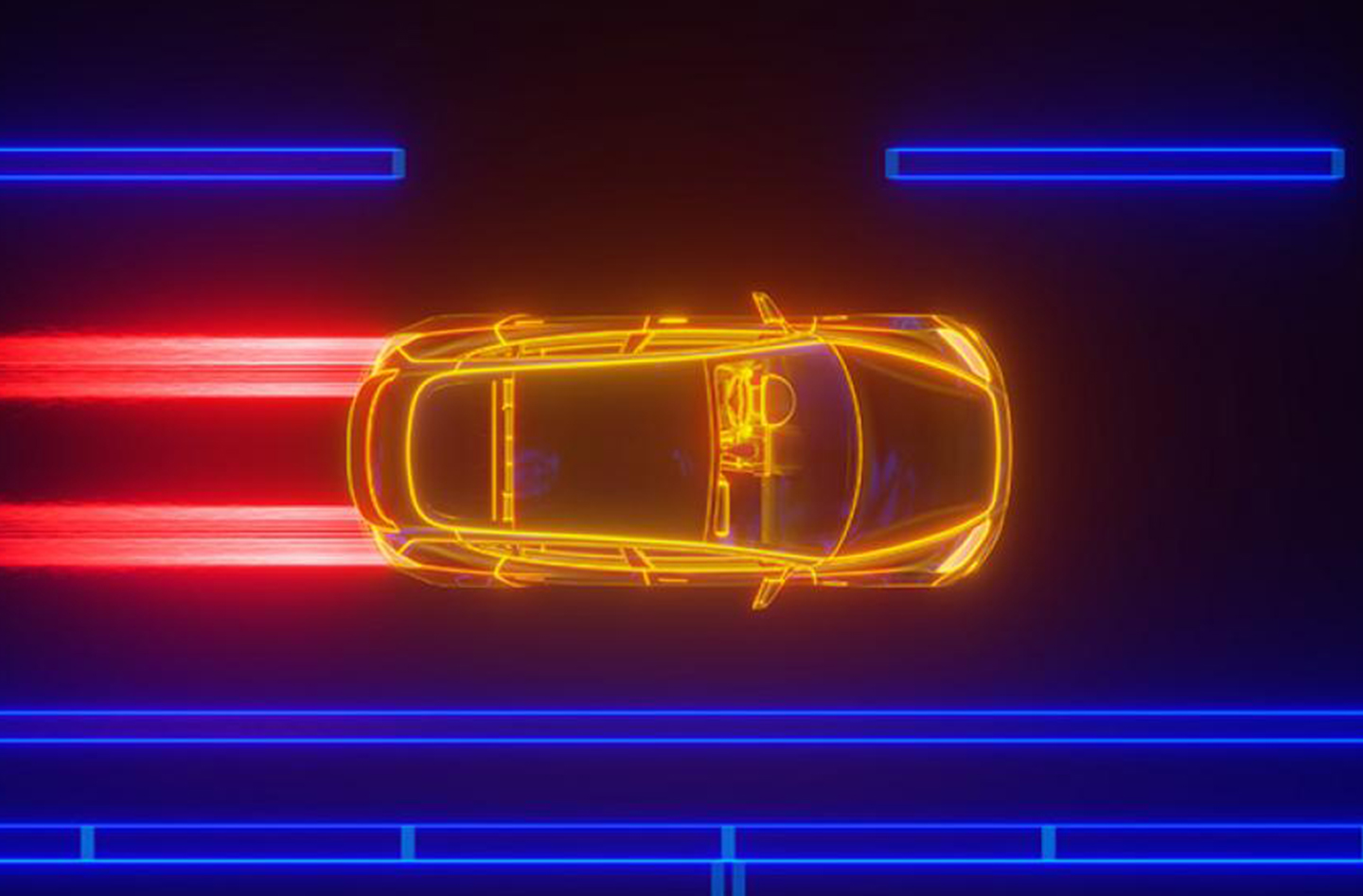With a busy first two months, 2019 is shaping up to by a big year for electrifying transportation.
In the first two months of 2019, the number of announcements for new electric vehicles (EV) models from auto manufactures has been shocking. From Audi Super Bowl ad announcements to waitlists for electric luxury lines like Porsche and Jaguar, to electric trash trucks operating in Seattle and Sacramento to shipping services like DHL and Amazon delivery fleets, the buzz is alluding to what will be a very busy year for electrifying transportation across the board.
The infrastructure to meet this demand is expanding at exponential rates. Even General Motors announced a strategic partnership with the leading fast-charging companies to accelerate a stronger EV infrastructure, including the deployment of more than 31,000 charging ports.
“With $300 billion of investments in electric vehicles from automakers, it is exciting and a great sign for the industry to see parallel infrastructure investments across the value chain,” said Jonathan Levy, vice president for strategic initiatives at EVgo. “EVgo is rapidly growing our network to meet demand from EV drivers, rideshare companies and other fleets.”
One of Shell’s New Energy investments was the acquisition of fast charging company Greenlots and the announcement in February of Texas’ first customized incentive-based charging plan for Texas Electric owners through MP2. The plan is 100% renewable and enables electric owner to customize a charging schedule.
Even with the hurdles Tesla models faced during the Polar Vortex, like shorter battery life due to record cold temperatures, market disruption will not be smooth but cannot be stopped. Not only are electric vehicles better for the environment, but businesses are shifting their fleets due to lower maintenance costs and more efficient management.
Lyft recently launched the EV option through their app, and with Tesla’s recent announcement to close their stores and focus on online sales, one wonders what the future of automobiles sales and experiences will look like. One thing is for sure, China is bringing tough competition with their eye on being the country leader manufacturer of EVs. The deployment has grown exponentially due to significant government subsidies that make the vehicles cheaper than combustion engines.
Consumers, Commercial Vehicle Fleets and public transportation has reached a pivotal moment where projections of electrifying the transportation sector have met reality. It took less than a decade for the transition from horse-drawn buggies to combustion engines in majorities back in the early 1900s. With sophisticated technology and marketing platforms, as well as the ability to order a custom car without leaving your house, one can imagine the roads as we know it will look very different in the next 5 to 10 years.
Market disruption is happening across the transportation sector, and corporations across the board are investing in R&D to improve battery technology for a better customer experience, while utilities rush to find solutions to the new demand on existing infrastructure and try to figure out the new opportunities around this new load on the grid with the added value of storage on wheels.
See original article published on Hart Energy here.



